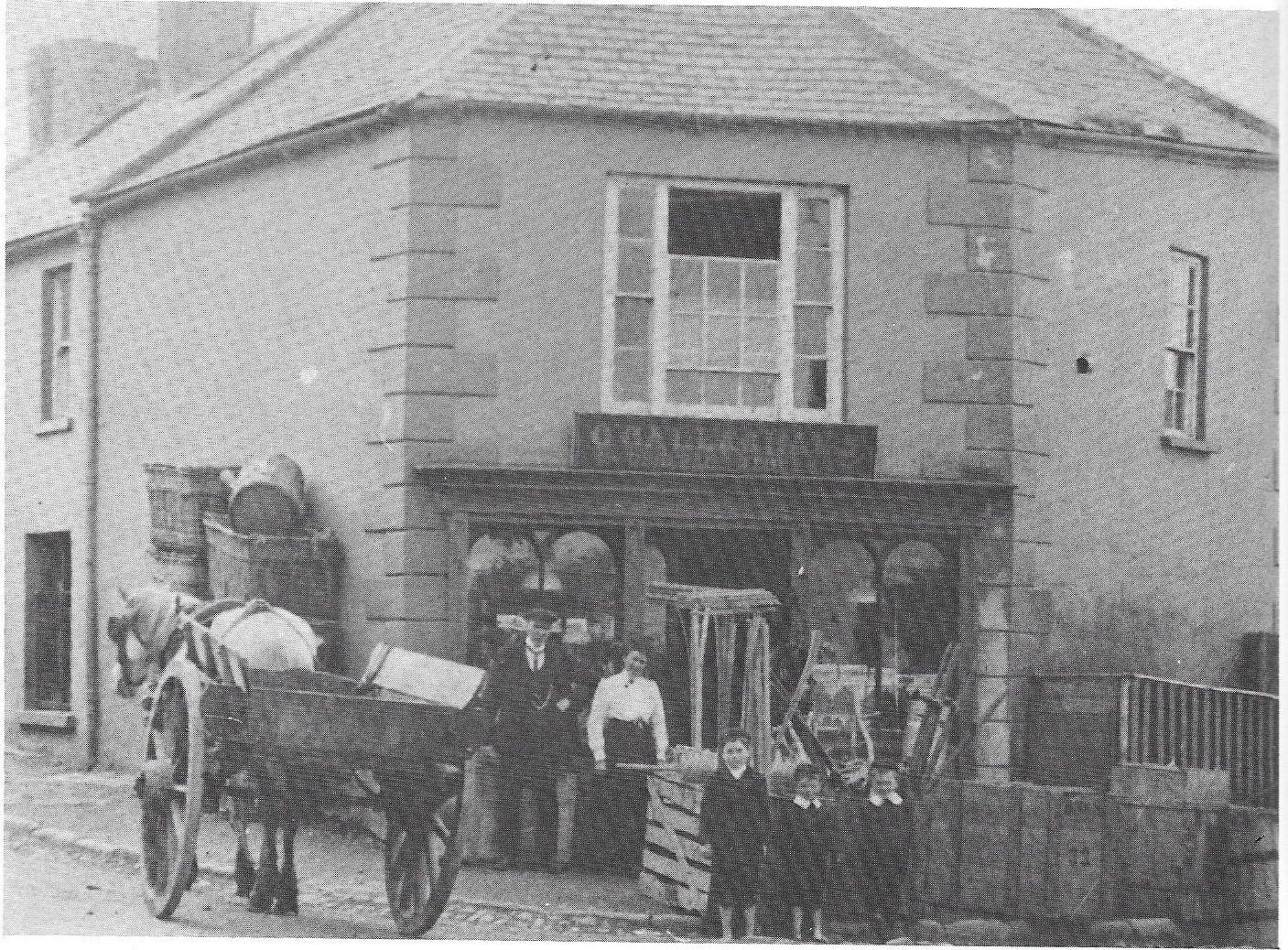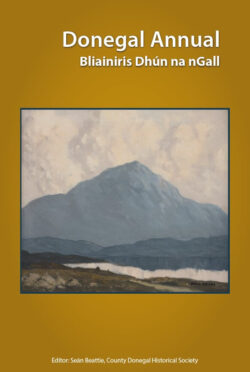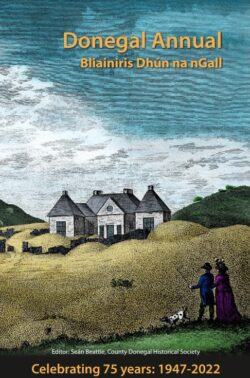Port books were the trade records kept by customs officials at the ports. Following the collapse of the Gaelic lordships in 1607, trading rights and dues fell to the Crown in 1613. This occurred at a time when Irish trade was improving following the end of the Nine Years War in 1603. Port towns grew dramatically and north Donegal shared in the prosperity of the nearest major port at Derry. Ballyshannon also make strides forward, as did Coleraine. The close links between Ulster and Scotland were part of the explanation. The main exports were livestock and grain, both of which were prominent in Inishowen and the Laggan area.
In March 1614, hides, sealskins, stagskins and goatskins were exported to France. The timber trade was improving since the 1550s and the arrival of Planters seeking new homes added to the output. Derry port saw large amounts of building materials coming through such as ridge tiles, tilestones, spades, chisels, iron tools, slates, lead, nails, door locks and household goods.
Perhaps the most interesting is the volume of luxury goods sought by the new merchant class and the more prosperous settlers. Contrary to the common portrayal of the Irish as subsisting on potatoes and porridge, the range of foods included white candy, currants, prunes, figs, and sun-dried raisins from Malaga. As I pointed out in my chapter on food and diet in the new ATLAS OF DONEGAL, large supplies of spices were imported to add flavour to food: ginger, nutmeg, cinnamon, saffron, cloves, pepper, liquorice, sugar, salt and vinegar. Brass kettles, frying pans and drinking glasses were also listed. Large amounts of wine came from France but some also came from Spain. This is contrary to the common perception of the Irish consuming hard spirits such as poteen. Scottish whiskey was popular. The new settlers indulged in tobacco so this featured among imports along with clay pipes. So much for the healthier diet of our ancestors.
The new settlers showed a preference for a certain style also. Blue bonnets, blue cloth, silks, ribbons and shoes were imported. The settlers loved the horse so stirrups, horseshoes, girdles, and saddles were on the import list. Books were few but a low grade paper was imported for writing.
The imports provide interesting clues to social unrest. In July 1615, large quantities of gunpowder arrived but records show there were several executions around this time and the rebellion was stamped out: a silent and unknown revolution forgotten by historians.








Leave a Reply